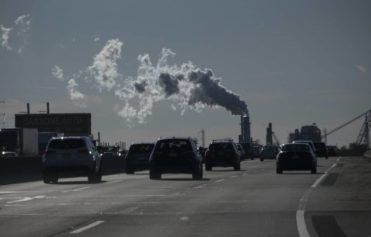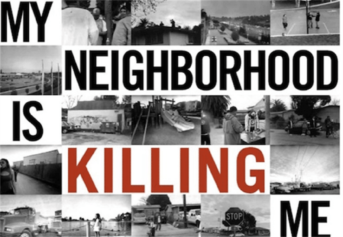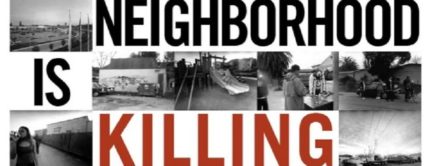If a $1.85 billion methanol plant were being built in your neighborhood—between a high school, two churches and a senior citizen assisted living facility—you’d probably want to know about it. And if the company doing the building had already been cited and fined in China for running plants that had caused rising cancer rates, undrinkable water and polluted air, you might actually want to put a stop to the construction of the plant.
But Black residents in the southern Louisiana region where the plant is to be built, St. James Parish, didn’t even find out about the project until after local and state officials and Chinese diplomats decided to move forward with it last July—helped substantially by a $9.5 million incentive package from Gov. Bobby Jindal’s administration.
“We never had a town hall meeting pretending to get our opinion prior to them doing it,” Lawrence “Palo” Ambrose, a 74-year-old black Vietnam War veteran who works at a nearby church, told Al Jazeera America in an investigative report on the project prepared by the website. “They didn’t make us part of the discussion.”
The project is a classic example of how Black residents in the U.S. bear the significant brunt of potentially dangerous industrial projects that are much more often placed in Black communities.
Already in the region between Baton Rouge and New Orleans that is heavily African-American, there are so many dangerous plants operating that local residents and environmentalists have started calling it “Cancer Alley,” according to Al Jazeera America, which reported that the 150 petrochemical companies and 17 refineries in the area were releasing dangerous levels of toxic chemicals into the air and water. For instance, in a predominantly Black community a few hours west of Baton Rouge in southern Louisiana called Mossville, a staggering 91 percent of residents said they were experiencing health complications they believed to be related to the 14 facilities that manufacture, process, store or discharge toxic or hazardous substances in the small area.
But these projects often move forward with little to no impact from local residents, who are barely informed that they are happening. This has long been a problem in Black communities in the South, as explored by Robert D. Bullard in the book, “Dumping in Dixie: Race, Class, and Environmental Quality,” which explored how the South became the preferred region for the placement of environmentally questionable industries. Bullard found that when he tracked the location of hazardous dump sites, they were invariably in predominantly Black communities.
“Polluting industries were brought into poor communities with little input from local community leaders,” he wrote. “When questions were raised by concerned citizens, the argument of jobs for local residents was used to quell dissent. Environmental risks were offered as unavoidable trade-offs for jobs and a broadened tax base in economically depressed communities. Jobs were real; environmental risks were unknown. This scenario proved to be the de facto industrial policy in ‘poverty pockets’ and job-hungry communities around the world.”
The company slated to run the plant in St. James Parish, Yuhuang Chemical Inc., is a subsidiary that Chinese natural gas giant Shandong Yuhuang formed in 2012. The company is seeking expedited permits to construct and operate a plant on the sprawling 1,100-acre site and is awaiting the Louisiana Department of Environmental Quality’s determination of the environmental impact of the project, a decision that is expected on March 6, 2015.
There was a town hall meeting in July at St. James High School where local residents began hearing about the project—but it took place only after the majority-white St. James Parish Council approved the project.
Edwin Octave, 92, who lives with his family in the area, told Al Jazeera America, “I don’t think the way they went about getting the plant was right. They bought the property before they tell people it’s going to happen.”
The neighborhood where the plant will be located is 90 percent Black, according to Ambrose, who was a member of the parish council in the 1990’s. When asked why the community wasn’t consulted, Ambrose said, “I think it’s because we’re black. But I can’t put my finger on that alone to say that was the only reason … Blacks are still somewhat second-class citizens.”
A spokesman for the Louisiana Department of Environmental Quality (DEQ) said community members were given notice during the company’s application process. Where was the notice posted? On the DEQ website—if you happened to know the number the agency has assigned to the project.
“You have to know to read the legal pages and superfine print,” said Darryl Malek-Wiley, an environmental justice organizer in New Orleans for the Sierra Club. “We have talked about the need for the community to be noticed right at the beginning [of negotiations]. They don’t know about something until they get a press story saying it’s a done deal.”
Asked if the information is available anywhere else besides the DEQ website, Kelly told Al Jazeera America in an email, “I’m not sure on this, as it has not been public noticed yet, but for an air permit, it is a local public library, the DEQ public records room and in EDMS [the DEQ electronic document management system]. It could also be procured through a public records request.”


